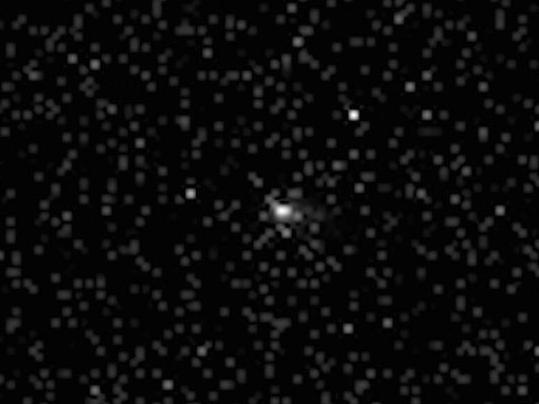Tianwen 1 Mars orbiter captures rare images of interstellar comet 3I/ATLAS


At that time, the spacecraft was about 29 million kilometers from the celestial body, achieving one of the closest observations of this rare comet, the CNSA said in a news release on Thursday.
Scientists and engineers in the Tianwen 1 project team started making preparations for the 3I/ATLAS observation in early September. They carried out rounds of calculations and simulations before working out a specific observation and imaging plan, which was based on the 3I/ATLAS' trajectory, brightness, size and the capabilities of the orbiter's scientific payloads, the CNSA said.

The comet was first discovered on July 1 by the NASA-funded Asteroid Terrestrial-impact Last Alert System (ATLAS) survey telescope in Rio Hurtado, Chile. Since the first report, observations made before the discovery were gathered from the archives of three different ATLAS telescopes around the world and California Institute of Technology's Zwicky Transient Facility at the Palomar Observatory in San Diego County, California.
According to scientists, the 3I/ATLAS may have formed around an ancient star at the center of the Milky Way galaxy, with an estimated age of about 3 to 11 billion years, possibly older than the age of the solar system. It is a rare sample for detecting the composition, evolution, and early stellar history of exoplanets and has important scientific significance.
The celestial body reached its closest point to the sun in late October, at a distance of about 1.4 astronomical units, or 210 million kilometers, just inside Mars' orbit.
- China surpasses 100 million kW in new energy storage
- HRC Group's LEU100 drone debuts at CIIE, targeting China's low-altitude mobility sector
- Bird-watching festival in Yunnan unveils new avian discoveries
- Shandong's Zhanhua winter jujube a modern success story
- Outstanding Chinese medical workers honored at Hunan event
- Large dolomite deposit discovered in Gansu




































